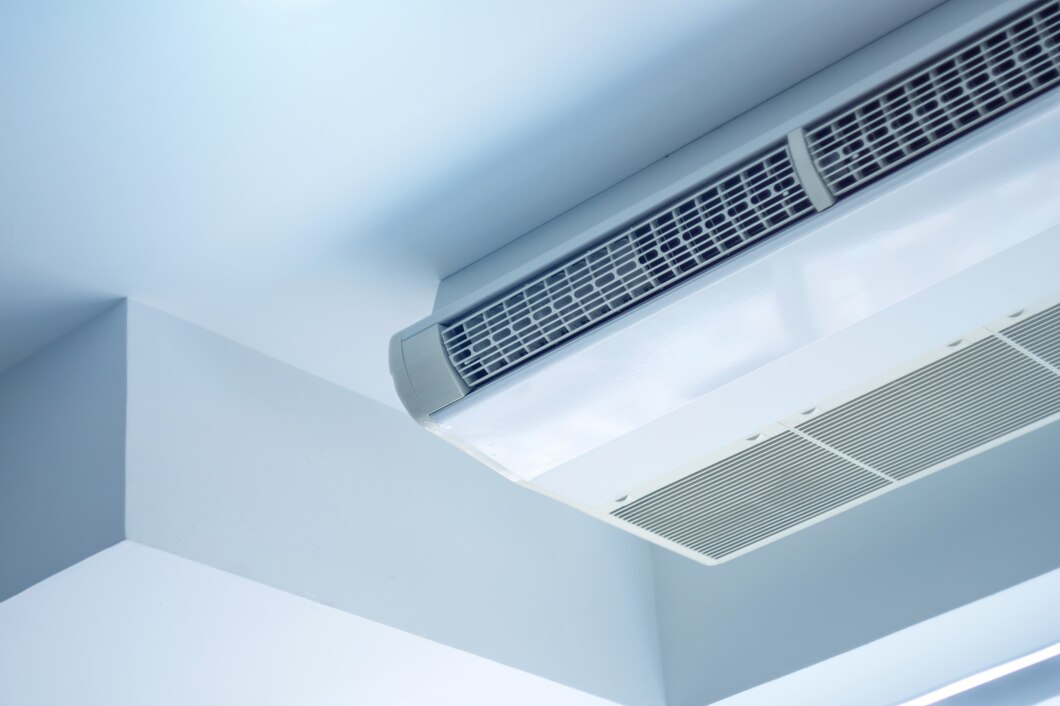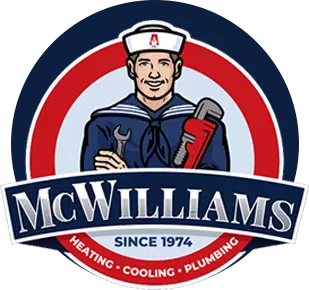Blog
Introduction

It’s Worth the Effort to Make Sure Humidity in Your Lufkin Home Is Properly Maintained. When it’s hot and humid outside, it’s typically sticky and uncomfortable inside the home, and everybody feels it. The A/C system is taxed, your energy is sapped and the family pet is curled up in the least uncomfortable spot he or she can find. There are measures you can take, however, to alleviate high summertime home humidity (and low wintertime humidity), and find relief. Whether lifestyle modifications, mechanical means or both, your comfort, tranquility and pocketbook are well worth the effort.
Home Humidity: It Happens
Cooling and heating are the largest energy expenses in the home, and humidity has a heavy hand in determining how high or low the energy bill will be. For homes without any type of humidity management in place, this isn’t good news.
The level of indoor humidity determines how much heat the air can hold. This works to homeowners’ disadvantages in the summer and winter. During the cooling months, temperatures and humidity are high. The fact that temperatures are naturally high means the already humid air can hold more heat. As indoor air is cooled, it holds less moisture, and relative humidity rises even more.
The opposite is true during the heating months. Since the cold air is less humid, it holds less heat. When cold outside air is heated inside the home, the warming air expands and can hold more moisture. The result is the already dry air now feels even more dry. This comfort dichotomy means that the warmer your heating system makes your home in the winter, the drier the air feels. The cooler your cooling system makes your home in the summer, the stickier and more uncomfortable it becomes.
Worth the Effort? You Betcha!
Humidity affects more than comfort and energy bills. High humidity causes moisture and mitigate issues in the home. Wooden home structure and furnishings absorb the moisture and swell out of shape. During the heating months, dry indoor air extracts moisture from structure and furnishings. This see-saw effect on the home and possessions wreaks havoc and, over time, causes property deterioration.
Moreover, home humidity affects health and indoor air quality. High summertime humidity supports the proliferation and spread of contaminants and allergens. Humidity above 50 percent is ideal for dust mites, bacteria growth, mitigate and mildew. Indoor air quality issues potentially affect the health and comfort of all occupants, especially household members with respiratory ailments.
Low wintertime humidity provides an environment conducive and sustainable for the spread of viruses, including influenza. Dry indoor air causes dry and itchy skin, dry nasal passages, sore throat, fatigue and lowers the immune system all making you more susceptible to catching the flu or other illness.
Managing Home Humidity
Ideal indoor humidity is considered to be 35 to 50 percent. To keep your Lufkin home in this range, lifestyle changes and mechanical comfort systems are suggested. Consider the following tips for managing high home humidity during the cooling months:
- Be mindful of when you bathe, and wash clothes and dishes. Showers, clothes washers and dishwashers add heat and moisture to the home. Perform these tasks in early and late hours of the day.
- Limit the use of the stove and oven to early and late hours of the day, too. Even better, fire up the grill and enjoy the outdoors.
- Use ceiling fans. The wind chill effect created by the airflow has a cooling effect of several degrees.
- Apply weatherstripping around doors and windows to help block heat gain (and heat loss during the winter). Air sealing lightens the load on the HVAC systems, which means lower energy bills, too.
In the Heating Months…
- Cooking, cleaning and other indoor chores add heat and moisture to the home.
- Use ceiling fans. Yes, ceiling fans are beneficial in the winter, too. Reverse the direction so that airflow is pulled up towards the ceiling.
- Have you gotten around to air sealing your home yet? Check the insulation in the attic while you’re at it. There should be no less than 15 inches (fiberglass) insulation, which is about R49, the minimum suggested by Energy Star.
Mechanical Systems
- Whole-house dehumidifiers are the ultimate solution to alleviating high home humidity during the summer.
- A whole-house humidification system is the most complete method to add moisture to dry indoor air.
- Schedule HVAC maintenance to keep your home comfort systems working efficiently.
Contact McWilliams Heating, Cooling and Plumbing for many more tips to help manage home humidity in your Lufkin and Nacogdoches area home. Remember this article It’s Worth the Effort to Make Sure Humidity in Your Lufkin Home Is Properly Maintained.
Share This :
Emily
Table of Contents
Discover New Blog Posts
A well-functioning air conditioning (AC) system is essential for maintaining home comfort, especially during the warm months in places like Splendora. When your AC unit […]
The summer heat is right around the corner, and with it comes increased use of air conditioning systems in Shepherd. A well-maintained AC condenser unit […]
Air conditioning systems have become an essential part of modern living, providing much-needed comfort during the warm months. In Cleveland, where temperatures can rise significantly, […]






 7
7 
